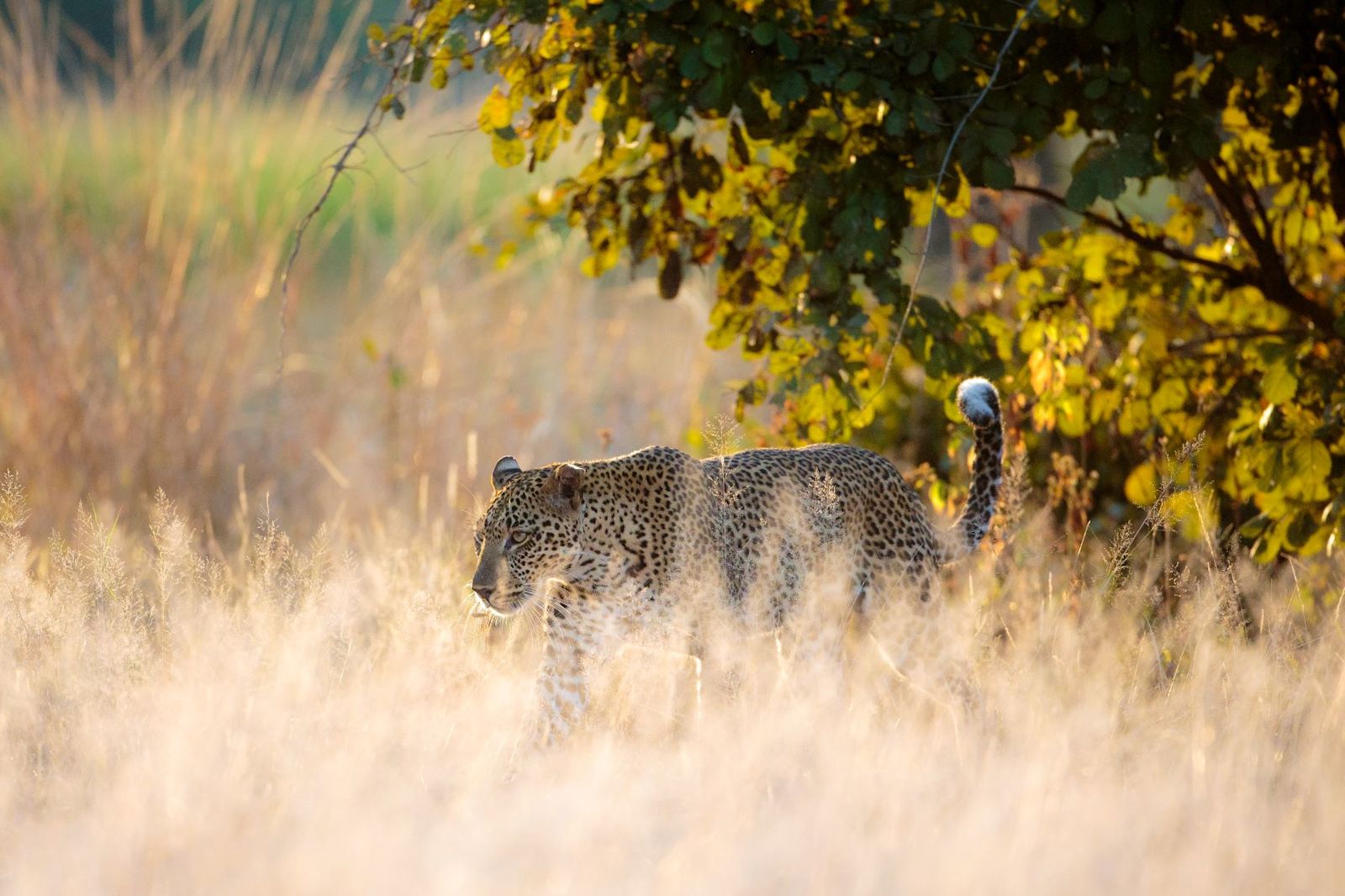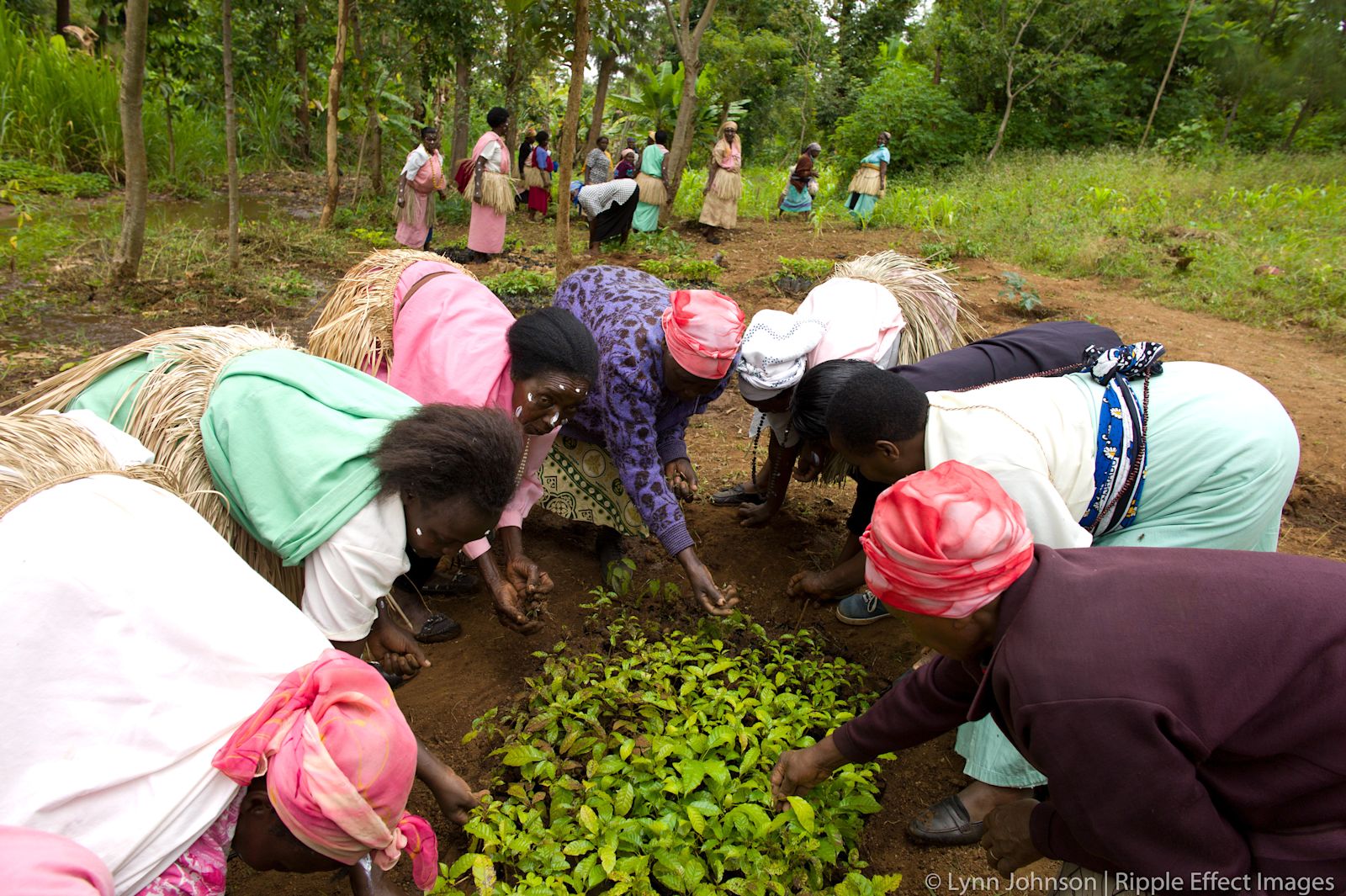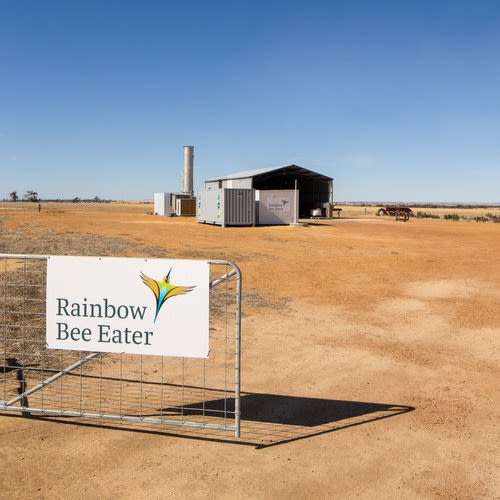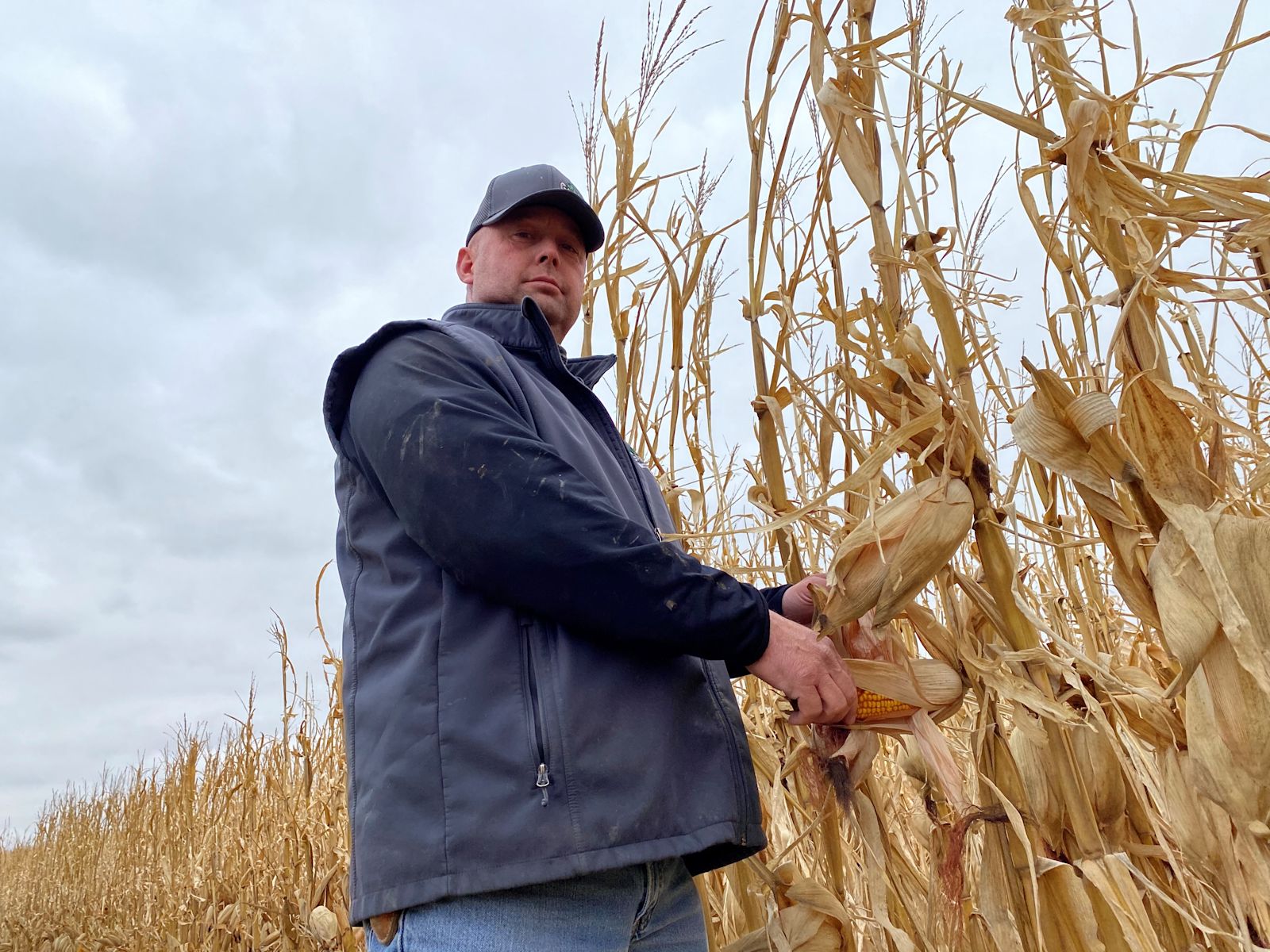Tuesday, January 12, 2021
Compensate's project portfolio grows once again: Five new projects have been added to the portfolio in the beginning of 2021 and the end of 2020. You can view all of Compensate's projects
Mangrove Restoration and Reforestation in Myanmar and the Community Reforestation project in Kenya plant trees and provide new income sources for local communities.
Luangwa Community Forest in Zambia conserve forests and their vulnerable biodiversity.
The new innovative projects are Garrett Farm and the Rainbow Bee Eater, which gets its name from a bird.
Garrett Farm in the US uses climate smart farming and natural nutritional products to improve yield. At the same time, the methods sequester CO2 in the soil.
Rainbow Bee Eater in Australia turns organic waste into solid biochar.
Below, a snapshot into all of these new projects:
Mangrove Restoration and Reforestation in Myanmar
The project restores degraded mangrove forests. Mangroves are the only forest that grows in salt water and sequesters up to five times more CO2 than a rainforest. In addition, they contribute to climate change adaptation by increasing fish resources and providing a natural protection against tsunamis.
The project has already planted more than 12 million mangrove trees and employed over 300 local people from low income families. By 2027, the project aims at planting 1 billion trees by restoring 250,000 ha.
As an international NGO and a nonprofit, Worldview International Foundation returns 67% of carbon credit revenues back to tree-planting and monitoring activities, whereas 25% go for sustainable development activities and 8% for covering administrative costs.
Luangwa Community Forests Project

The LCFP is a massive, 944,000 hectare forest conservation project in Zambia. The project connects 5 national parks to create a wildlife corridor in one of the last remaining strongholds on Earth for leopard, lion, elephant, wild dog, and more precious wildlife.
LCFP has also been validated by the Climate Community and Biodiversity Alliance Standard (CCBA) to triple gold – for exceptional community, climate and biodiversity impacts.
To halt deforestation, the project tackles its underlying socio-economic drivers such as subsistence farming, charcoal production, and fuelwood collection, and in turn, incentivises protection and long-term conservation.
TIST Community Reforestation in Kenya

The International Small Group & Tree Planting Program TIST incentivises farmers to reverse the devastating effects of deforestation, drought, and famine by planting and taking care of trees.
In Kenya, TIST operates on over 10 sites across the country. The program operates in over 3000 villages and has to date planted a total of 10 million trees. Commonly planted trees in the TIST program are Eucalyptus, Acacia, Macadamia, Mango, Avocado, and Orange.
Rainbow Bee Eater

Rainbow Bee Eater is an innovative carbon capture project from Australia, which got its start in 2008. RBE has developed and deployed its own technological solution: ECHO2 is a first of its kind technology and process to solve an industrial gasification problem.
The project – named after a bird – takes organic waste from construction, plantations, food and wood processing, and turns it into biochar. Biochar locks up atmospheric carbon for hundreds of years and is recognised by the IPCC as a scalable, low cost natural method of carbon drawdown.
The reduced and avoided emissions are left out of the scope for the carbon calculations.
Garrett Farm

In Arion, USA, Garrett Farm applies climate-smart farming methods to not only bind CO2, but to double the yield.
In this project, carbon credits are built by improving the health of the cattle and crop soil, using natural nutritional products, no till practises, multi crop rotations, annual applications of composts and manure, and utilizing livestock to enhance crop residue recovery.
The benefits are great: Garrett Farm creates jobs, saves farmers money, and improves the health of the soil and environment.
